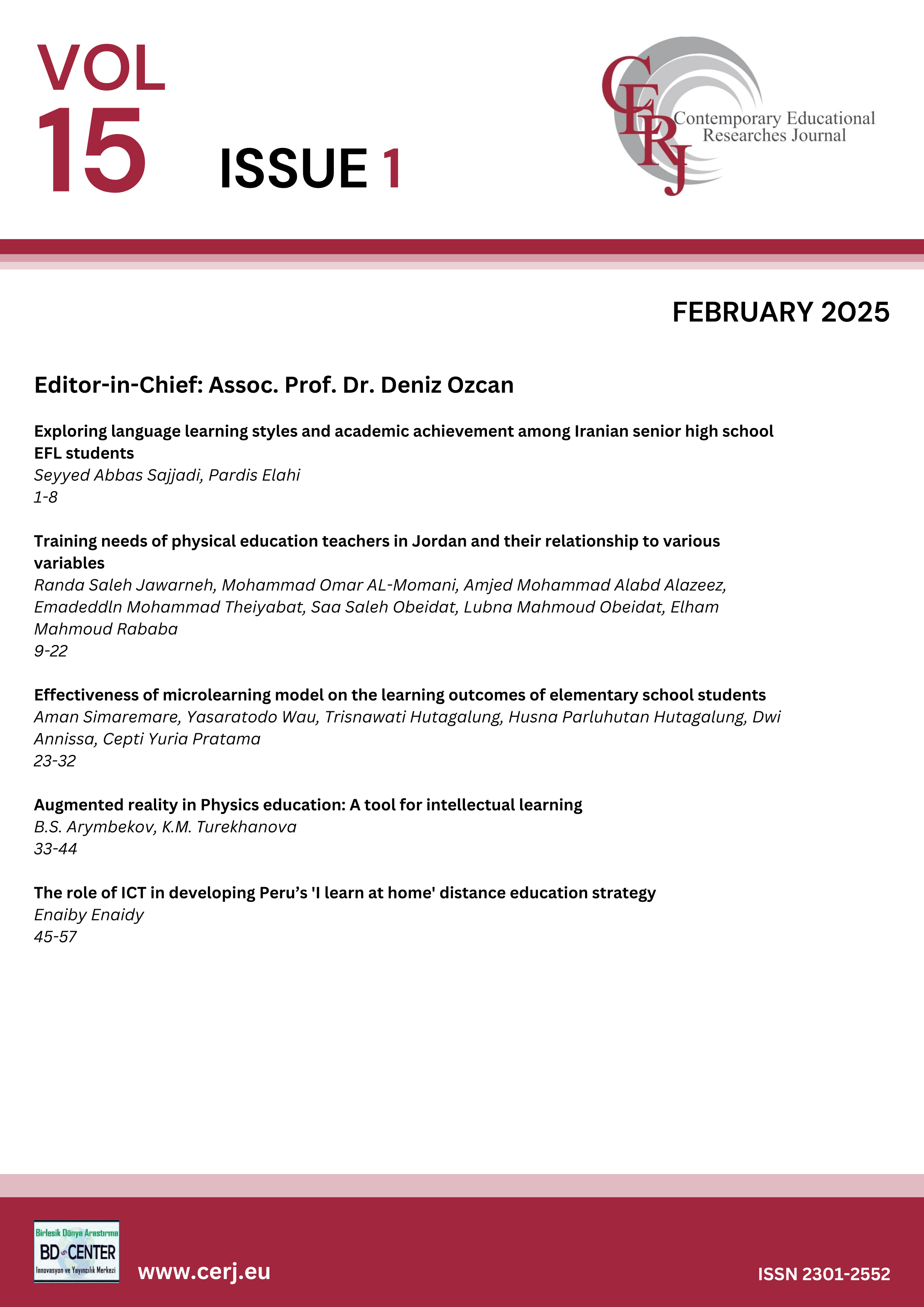Developing a lecturer ranking system based on student evaluations
Main Article Content
Abstract
The quality of teaching is a critical component in enhancing student development within higher education. While student feedback is increasingly recognized as a valuable tool for assessing instructional effectiveness, existing evaluation systems often lack methodological diversity and fail to capture comprehensive performance insights. This study addresses the gap by proposing a multi-method faculty ranking system based on student evaluations, with a focus on a specific academic course. The objective is to develop a more nuanced and reliable mechanism for assessing teaching quality. Four distinct evaluation techniques were employed to rank faculty members: the Preference Selection Index (PSI) method, the Simple Ranking Process (SRP) method, the Ranking Analysis Method (RAM), and the Preference Index Value (PIV) method. These methods were systematically compared with each other and with conventional institutional practices. The analysis demonstrates that the proposed framework offers enhanced precision and consistency in ranking instructional performance. The findings highlight the potential for integrating multiple evaluative approaches to inform faculty development and support evidence-based decisions in academic management.
Keyword: Evaluation; lecturer; multi-criteria decision-making; ranking; student
Downloads
Article Details

This work is licensed under a Creative Commons Attribution-NonCommercial-NoDerivatives 4.0 International License.
Authors who publish with this journal agree to the following terms:
- Authors retain copyright and grant the journal right of first publication with the work simultaneously licensed under a Creative Commons Attribution License that allows others to share the work with an acknowledgement of the work's authorship and initial publication in this journal.
- Authors are able to enter into separate, additional contractual arrangements for the non-exclusive distribution of the journal's published version of the work (e.g., post it to an institutional repository or publish it in a book), with an acknowledgement of its initial publication in this journal.
- Authors are permitted and encouraged to post their work online (e.g., in institutional repositories or on their website) prior to and during the submission process, as it can lead to productive exchanges, as well as earlier and greater citation of published work (See The Effect of Open Access).
